Florida just keeps giving
Florida has a lot to offer, that’s for sure, and now we were at one of their major draw cards, the last town at the end of the Florida Keys, Key West. We loved the atmosphere and explored the busy streets lined with cool bars, outdoor restaurants, cheap T-shirt shops and upscale stores. We hit the famous Sunset Pier for drinks as the sun set on the water, a rarity for east coasters, and then enjoyed dinner down by the marina. We’re only in the Keys once and we were loving it.
We haven’t had too many big splurges on this trip so far and nothing has rivalled what we did the following day. Dry Tortugas National Park is set on a series of small islands about 70 miles off the coast of Key West, about half way to Cuba. The largest of these islands features Fort Jefferson, a military fort built in the 19th century to protect these important waterways.
We had prioritised national parks as one of our ‘must see’ items on this trip and as this park is fairly obscure and not heavily visited, we had to do it. There is a ferry that provides day trips to the island but is heavily booked even though it is extremely expensive. We swallowed hard, got up at 5am to make sure we were the first ones on the waiting list at the terminal and managed to score the last two of the 175 seats on this ferry trip.
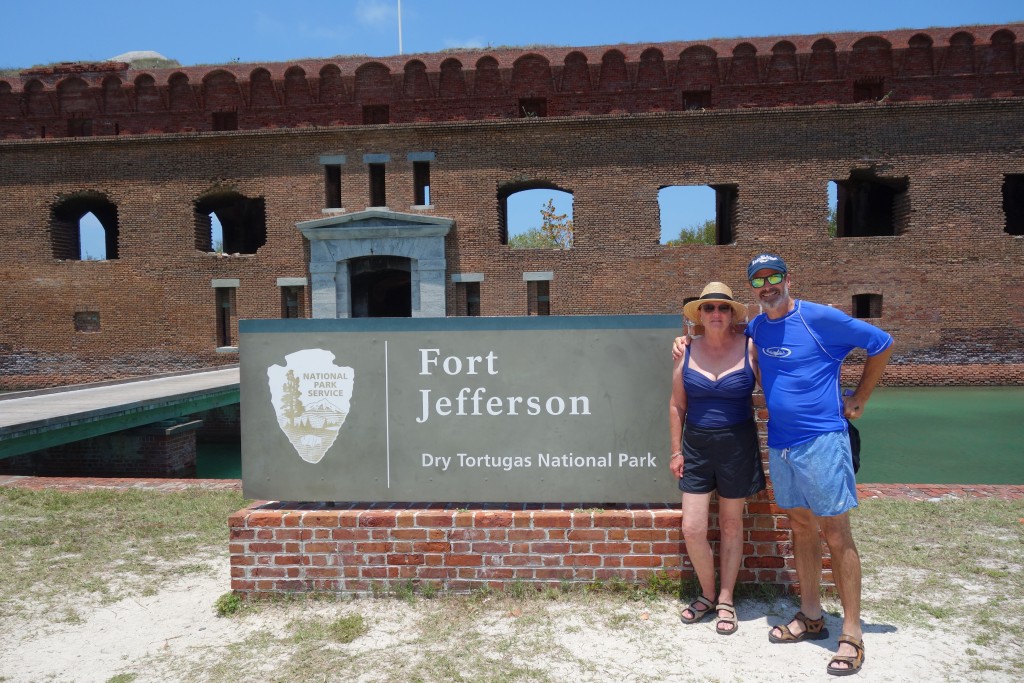
Fort Jefferson at Dry Tortugas NP was our most remote park so far – a 70 mile ferry trip – but a fantastic experience
The Tortugas islands are the last in a string of islands, reefs and atolls that make up the barrier reef that starts up near Miami. The reef was the sight of many shipwrecks and in the early 19th century the government built the first lighthouse on the Tortugas to stop these disasters. They also realised the strategic importance of these islands positioned as they were in all the deep water shipping channels.
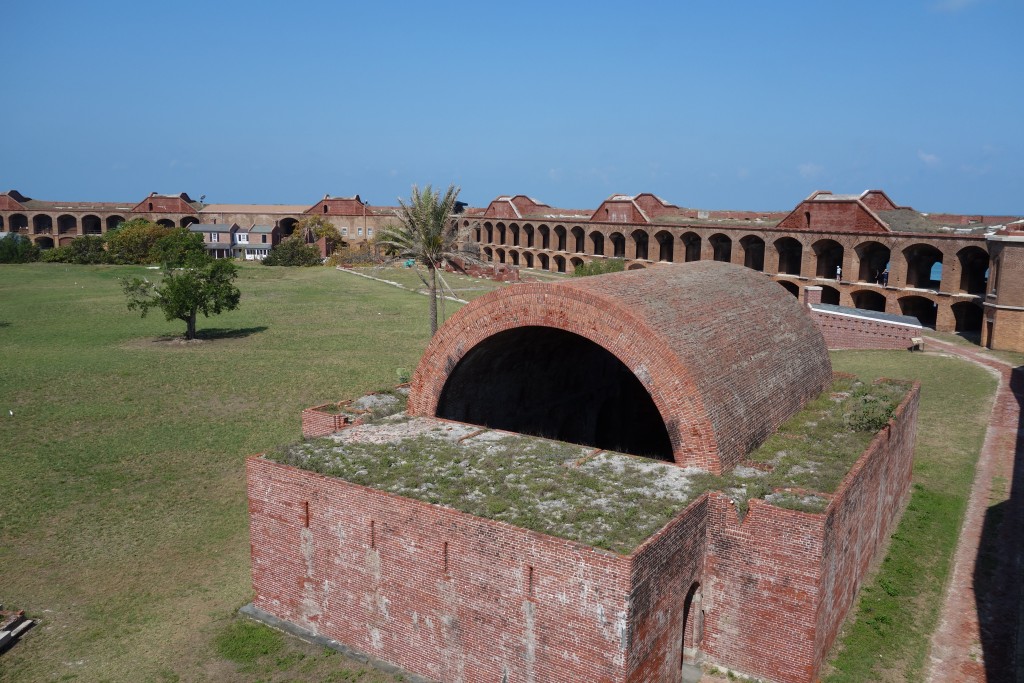
Inside the fort walls – they never actually completed the fort even though it was used for many years
Construction of a military fort began in the middle of the 19th century to protect the United States from Mexico and anyone else who might challenge them from the south. Union forces controlled the fort during the Civil War and for a while it was used as a prison, including for the conspirators of the assassination of Abraham Lincoln.
But as forts go, this one was a fizzer. It’s remote location and lack of fresh water meant it was always difficult and expensive to maintain. The fort itself was never actually completed, even though at one time it housed more than 400 people, and it was never attacked or fired a shot in anger. By the end of the 19th century the government rolled back their use of the facilities and it slowly fell into ruins. It’s only been in the last 40 years the national park service has taken responsibility and turned it into a modest tourist attraction.
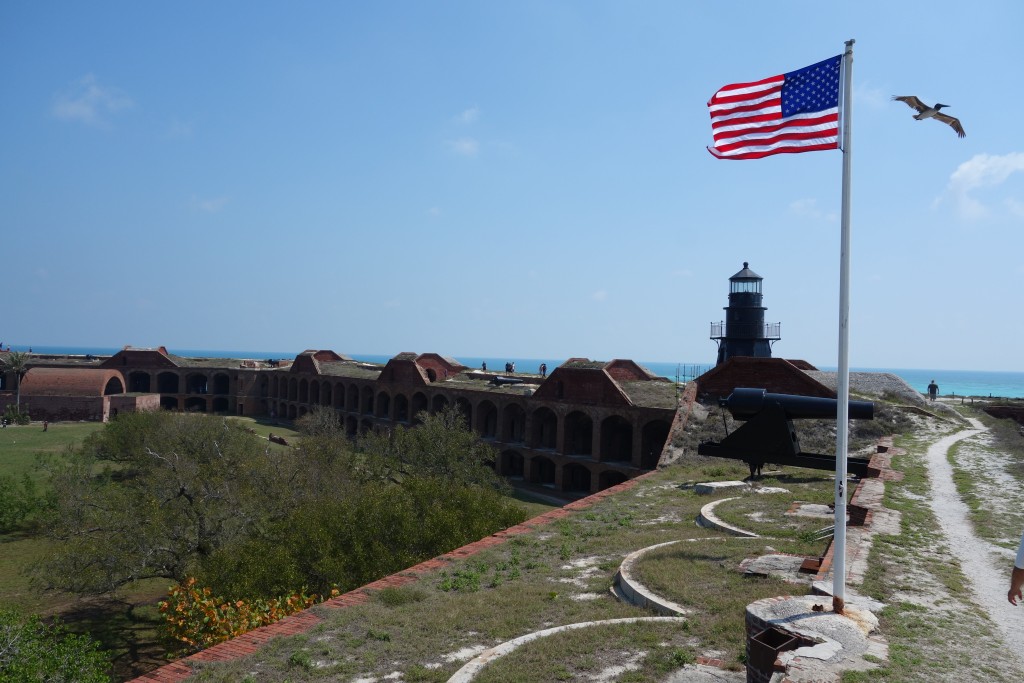
It would have been hard going to be based at this fort due to its remoteness and weather but these days its a pleasant day trip
We explored the ruins of the fort, snorkeled in a couple of different spots outside the fort’s moat, picnicked in the shade while watching the hermit crabs scramble around at our feet and admired the array of birds that make the islands their migratory home. It was a great day all around and we felt fortunate to sneak on-board as the last passengers and get to see this obscure and relatively low profile national park.
Having done Key West in some fashion, including drinks and dinner the last night in Ernest Hemingway’s favourite hangout, we headed north again through the string of beautiful islands that make up ‘the Keys’ and arrived in Miami to explore a city made famous by its beaches, architecture and strong Cuban culture.
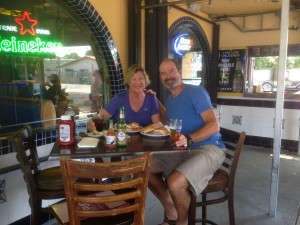 First stop was the area of southern Miami called Little Havana with its many Cuban restaurants and stores, old men sitting in parks playing dominos and smoking cigars, Spanish the principal language and a very relaxed and old school atmosphere
First stop was the area of southern Miami called Little Havana with its many Cuban restaurants and stores, old men sitting in parks playing dominos and smoking cigars, Spanish the principal language and a very relaxed and old school atmosphere
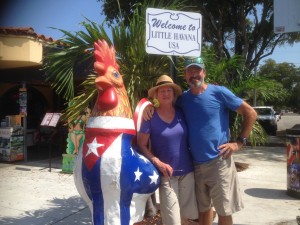
Roosters are a common theme in Florida and here’s Julie in between a couple of them in Little Havana
We had a Cuban sandwich (of course) at El Pub restaurant and I had a haircut at a nearby barber. We then headed into town and drove out to the tip of Key Biscayne where all the big money lives with stunning views of the Miami downtown skyline, long beaches and beautiful homes.
We finished our Miami experience with a visit to Miami Beach, the long tall city that sits precariously on a permanent spit of sand off the mainland from Miami. Here is famous South Beach with all its beautiful people, dressed (or undressed) to impress, sunning themselves on the beaches, playing beach volleyball, strolling along the footpaths in front of the beautiful old art deco buildings or sipping monster cocktails in the long string of outdoor bars and restaurants. Here Spanish is king, the choice and use of clothing is a spectacle in itself and the old saying ‘if you’ve got it, flaunt it’ couldn’t be more true. Any street that features beautiful young girls walking up and down selling big Cuban cigars must be special.
But enough of this frivolity. The next day we headed inland again, enjoyed a brief air boat ride over the sawgrass in the shallow waters north of Everglades National Park and headed north toward Lake Okeechobee, the large shallow lake in the middle of the state that feeds the Everglade wetlands to the south during the wet season. From there we headed for coastal city of Melbourne but dodged it to finish the day in Titusville (because once you’ve been to one Melbourne, you’ve been to them all).
Titusville (we never learned how to pronounce it) is the home of one of America’s greatest prides and joy – NASA’s Kennedy Space Center at Cape Canaveral. It is from these multiple launch pads out in the middle of a wildlife preserve that the United States entered the space race with the old USSR and fulfilled John F Kennedy’s pledge that America would put a man on the moon before the end of the 1960’s.
In one of the most extraordinary achievements of mankind the US achieved something many people thought impossible and with technology that today would be laughable. Not only did they land quite a few men on the moon over many missions but they got all of them back home safely. A fair effort by any standards.
And following the successful Apollo program they moved into the reusable space shuttle program with over 130 successful launches and return entries, followed by the ongoing International Space Center program with other countries and more recently the growth of private enterprises, such as SpaceX, that partner with NASA to achieve new objectives. And the next frontier, so they say, is Mars.
The extensive visitor center, an experience similar to Disneyland without the mascots or roller coasters, allows everyone to learn more about this incredible journey and some of the technology, science, men and women behind the programs. We had a cracker of a day at the site, made more special because the following morning NASA and SpaceX were launching a payload to the Space Station and we could see it – at a distance – waiting for take-off. Highly recommended.
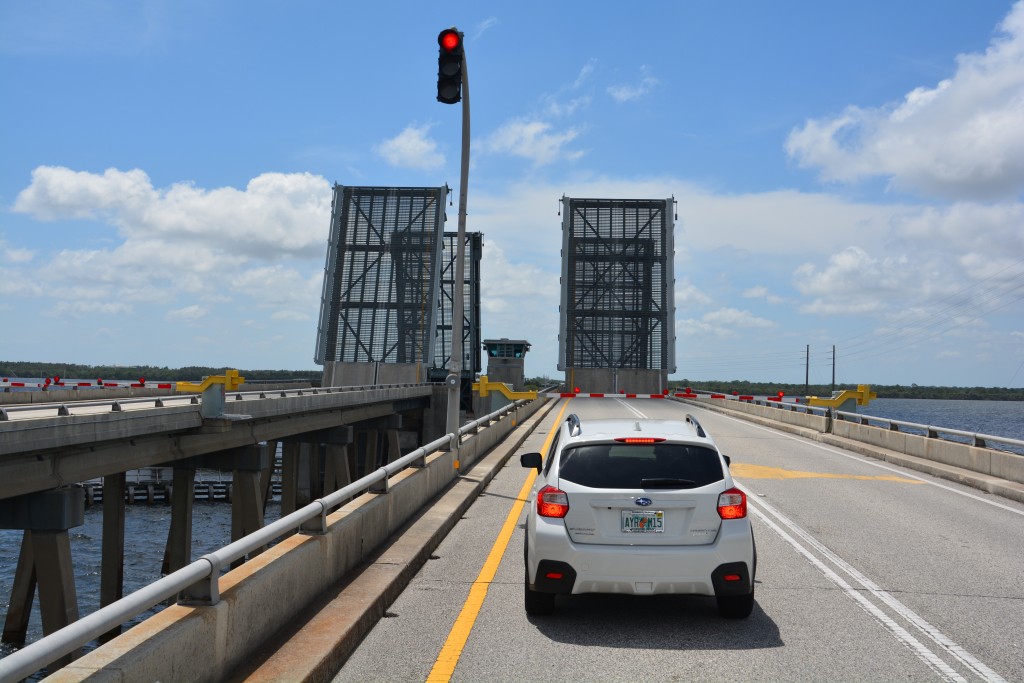
Another river, another bridge. This draw bridge slowed everyone down for a few minutes when one little boat went through
Tramp told us the temperature reached 96F (36C) that afternoon as we headed inland, our second hottest day on the trip. We found a free camp in Ocala National Forest that night before heading back to the coast the next day, stopping occasionally at some fabulous recreation areas that take advantage of the series of lakes, creeks and waterways that cover this area. On a Sunday morning the good people of Central Florida had their boats and their kids out – they were ready to play.

One of the many stunning homes we passed near St. Augustine – there’s some serious money around there
The historic city of St. Augustine sits comfortably on the mainland behind a huge sand bar which protects it from the Atlantic Ocean. St Augustine was founded by the Spanish in 1562 which makes it the longest continuously inhabited European settlement in the United States. That’s cool.
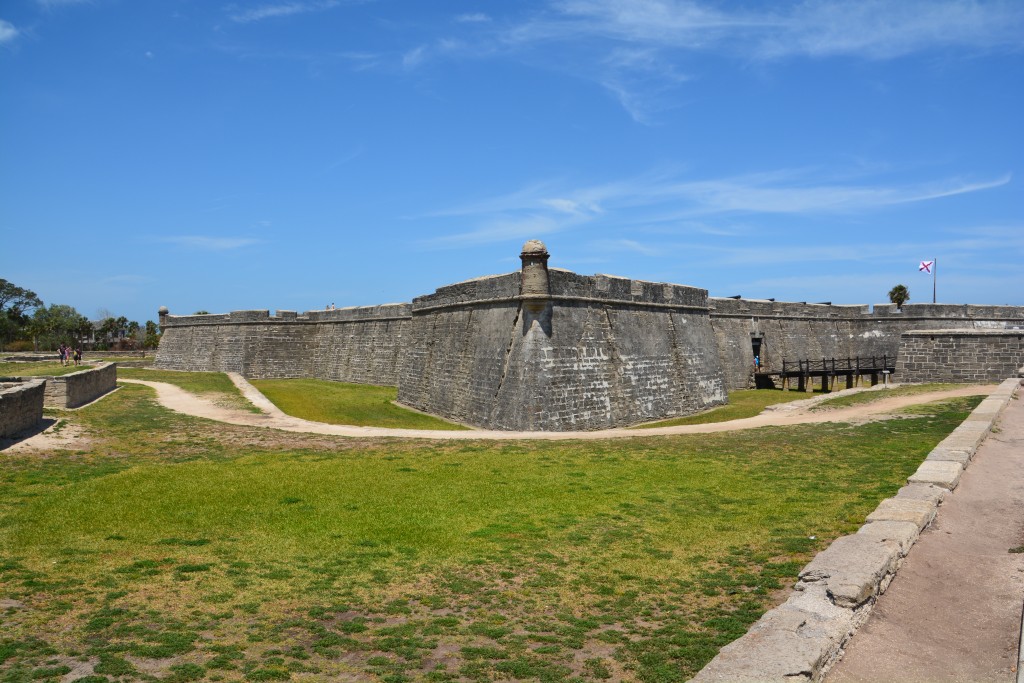
Castillo de San Marcos is the standout attraction in beautiful St. Augustine – the oldest continuously inhabited town in America
Sitting high on the embankment is Castillo de San Marcos, an imposing fort initially built by the Spanish in 1672 which has endured many battles and changes of control from the Spanish to the British back to the Spanish to the Americans to the Union to the Confederates and then back to the Union. It has been used as a warehouse, a prison, a military fort and a refuge for townspeople. At one stage when the British were attacking almost 1,500 soldiers and people from the village were inside. The fort featured over 70 cannons of various sizes, some of which had a range of almost three miles. Quite a place!
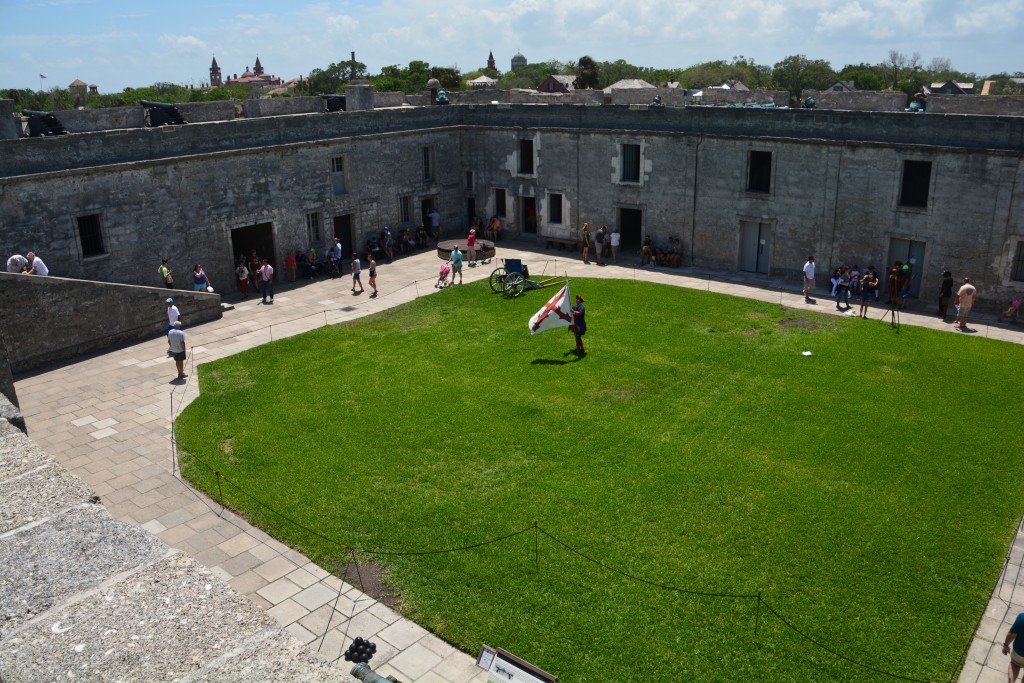
The inner courtyard of the fort – I’m not sure it would have been so clean and green in the 200 years ago
We had a great afternoon exploring the fort, watching a Dad’s Army re-enactment of firing a cannon, walking down the historic street of the town and enjoying the huge basilica which has existed in various forms since the 16th century. The town was a little touristy with the fully narrated open train trolleys driving around the streets but with good reason – the place was packed with history and highlighted a part of American history that perhaps is not so widely known.
In the late afternoon we headed north along the coast, used a ferry to cross the St. John’s River and camped in a beautiful state park just before the Georgia border. The next morning we would be leaving Florida after 11 nights in the Sunshine State and we loved every minute of it. Florida truly delivered on its reputation – great beaches, long hot days, beautiful islands, blue-green waters, rich history, the whole Cuban culture thing, NASA and much more. Well done, Florida!

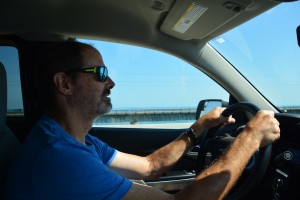
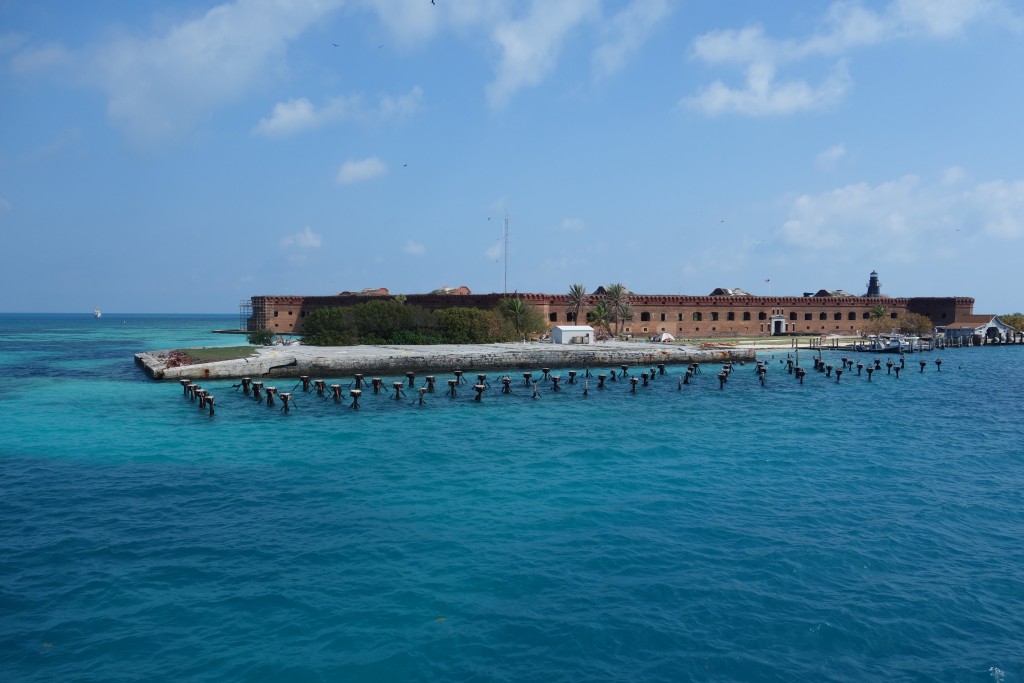
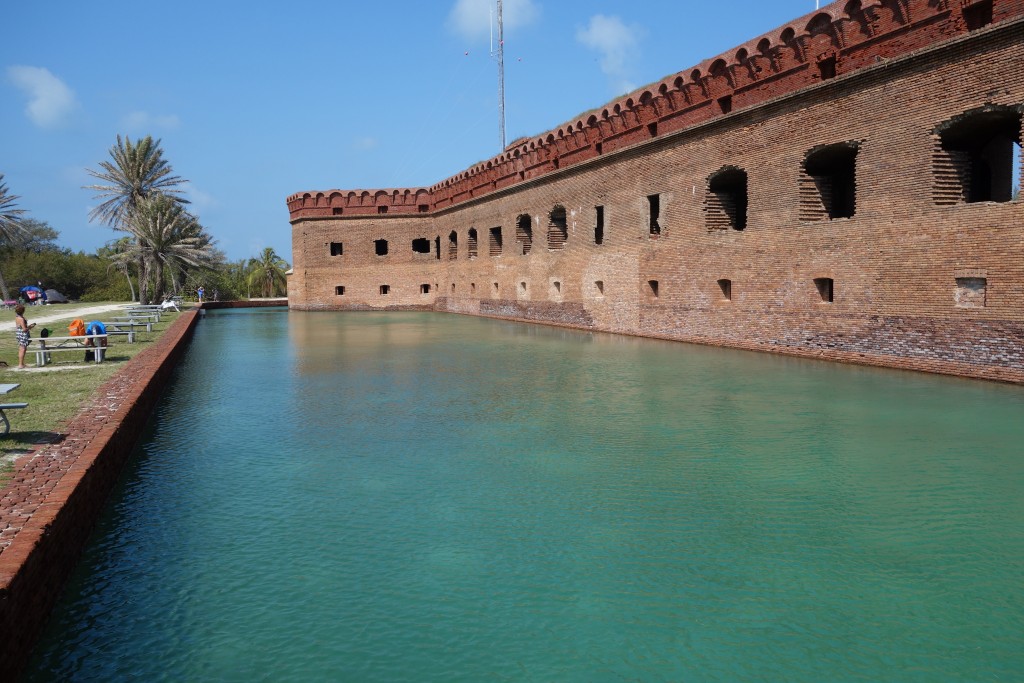
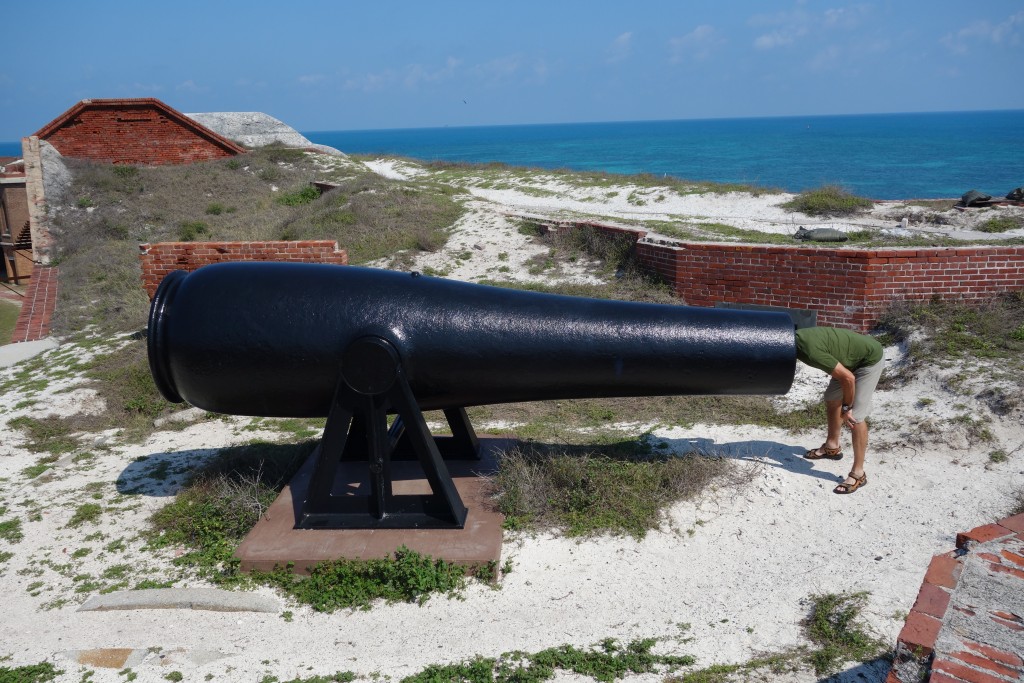
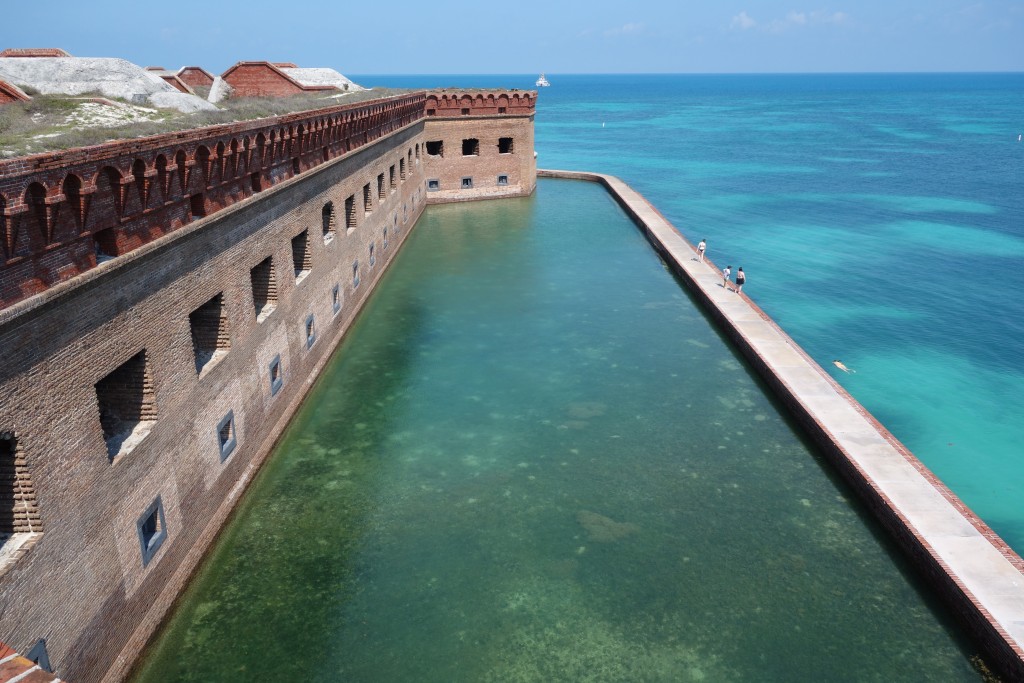
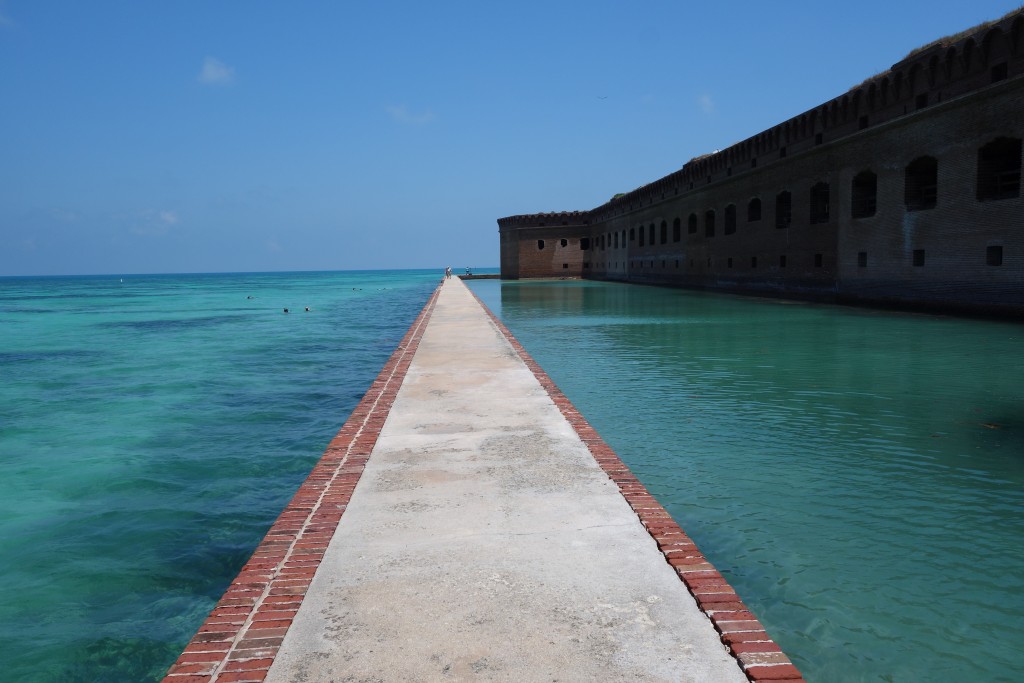
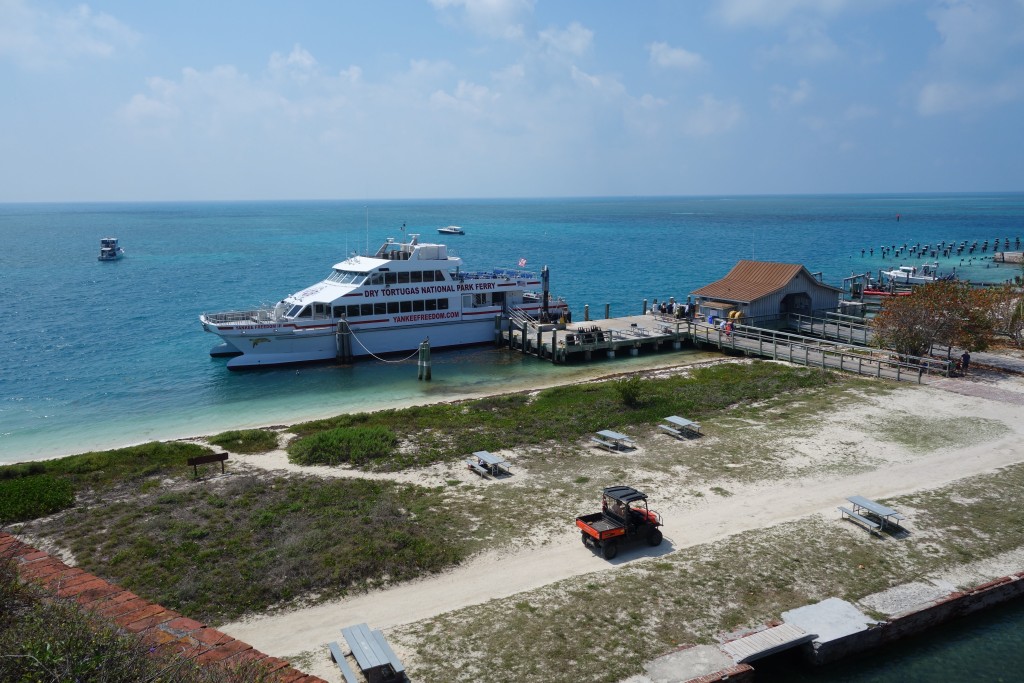
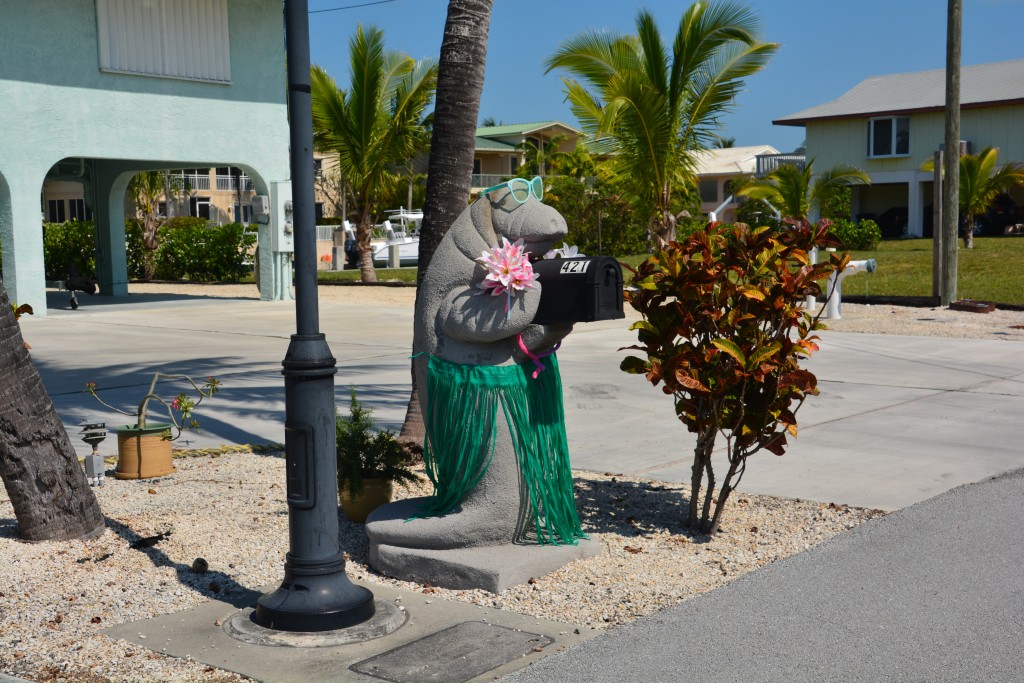
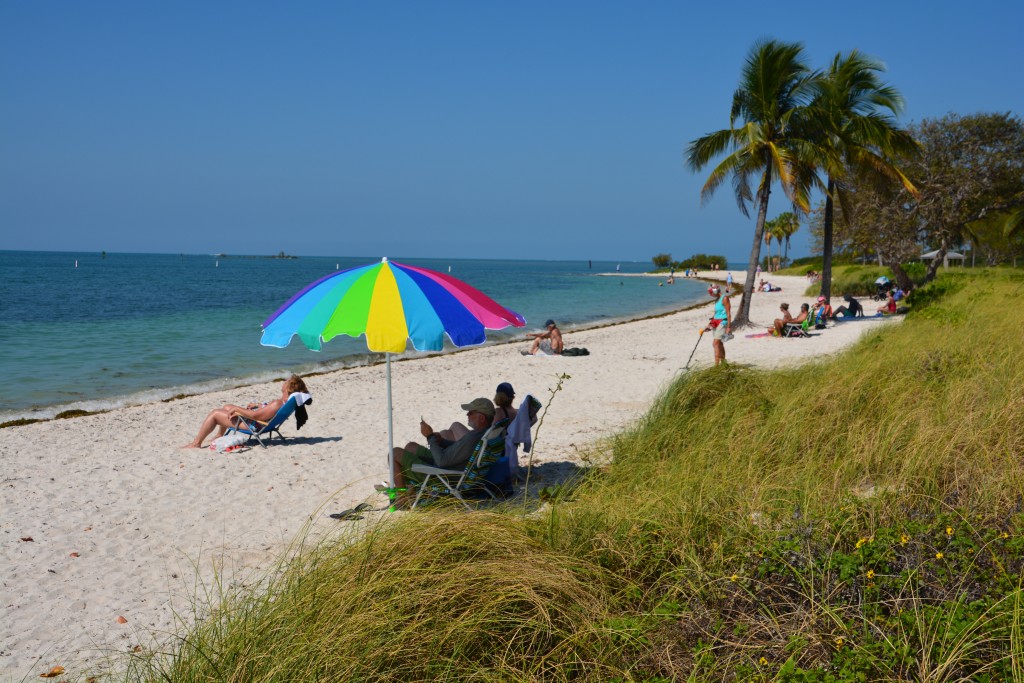
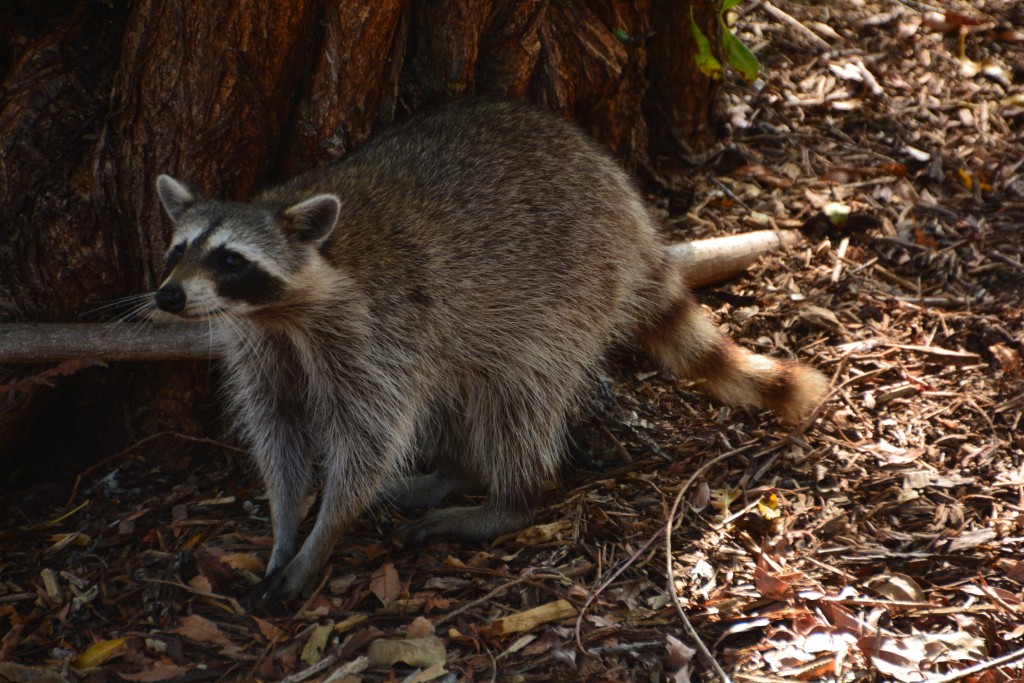
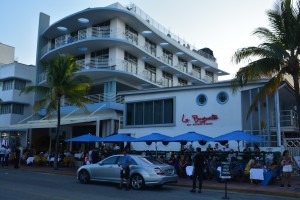
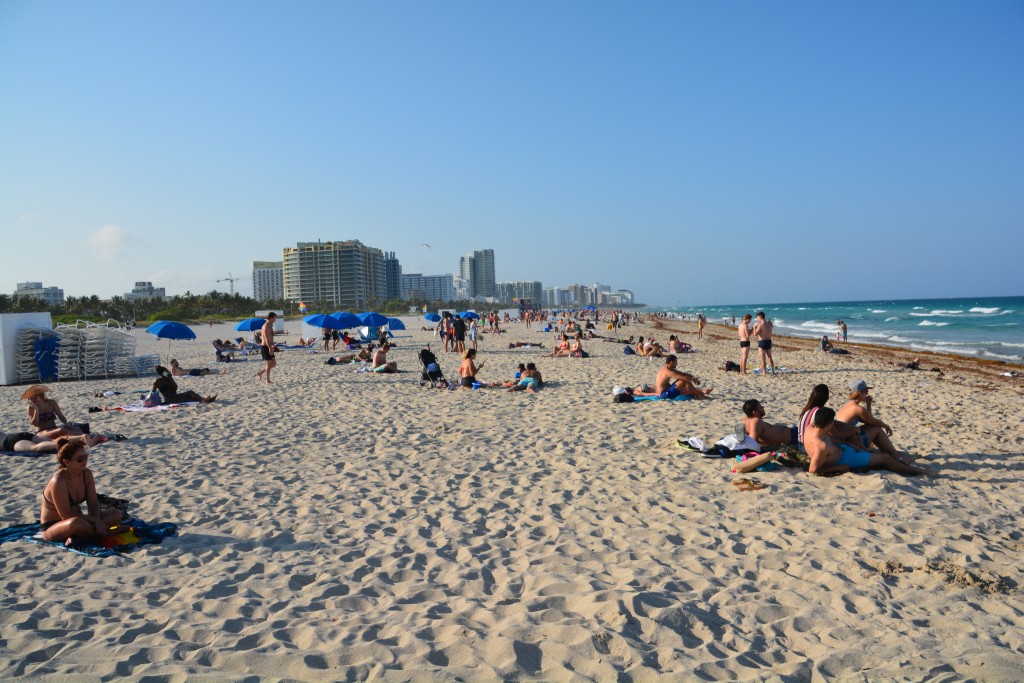
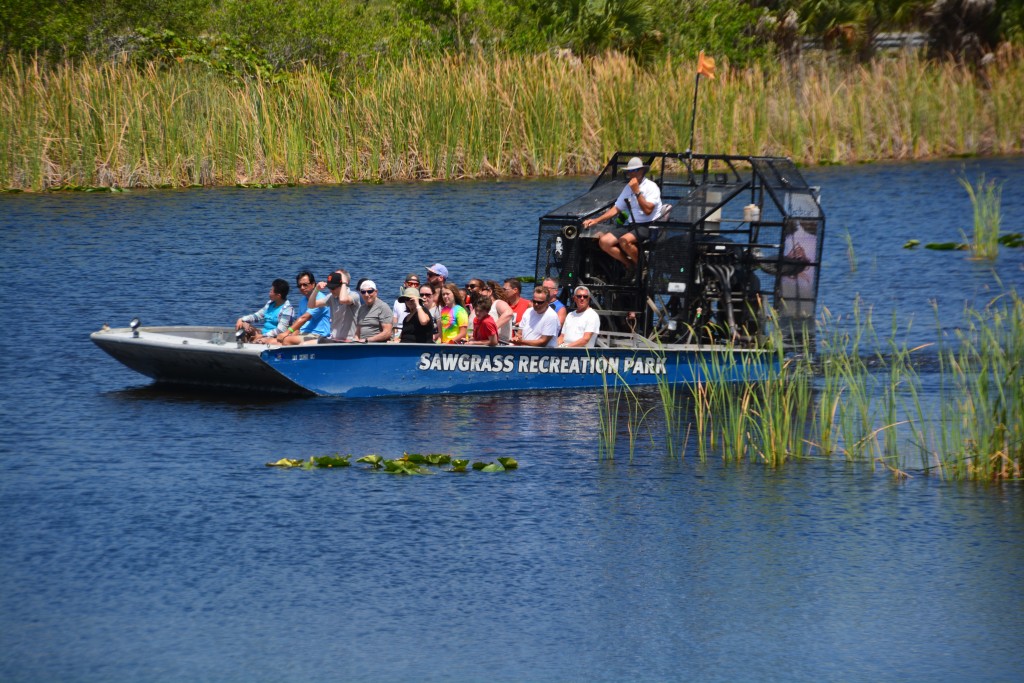
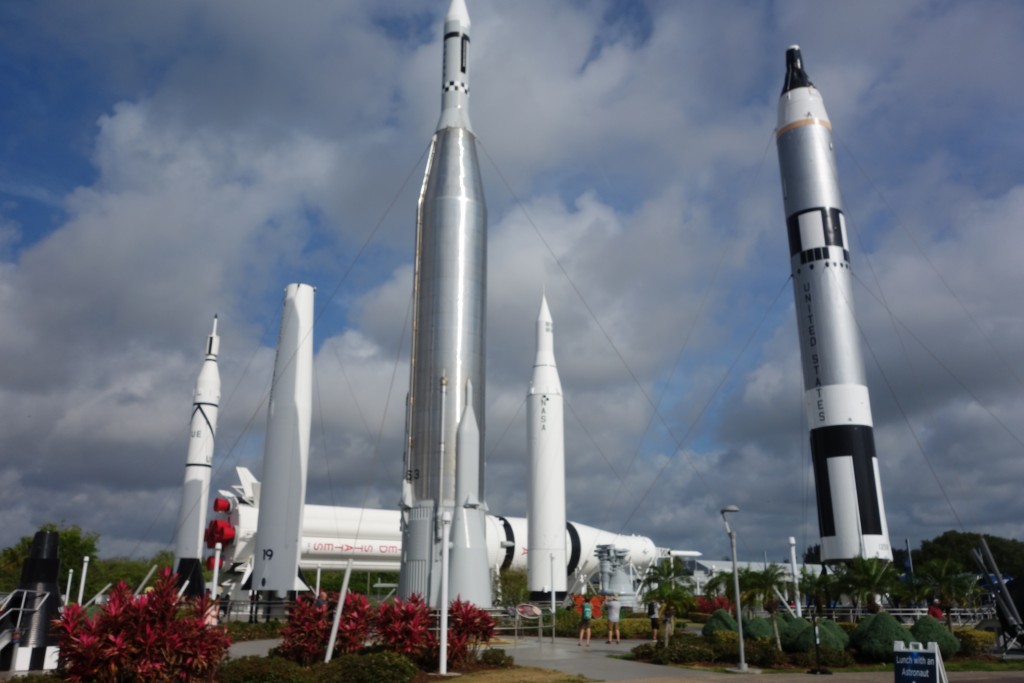
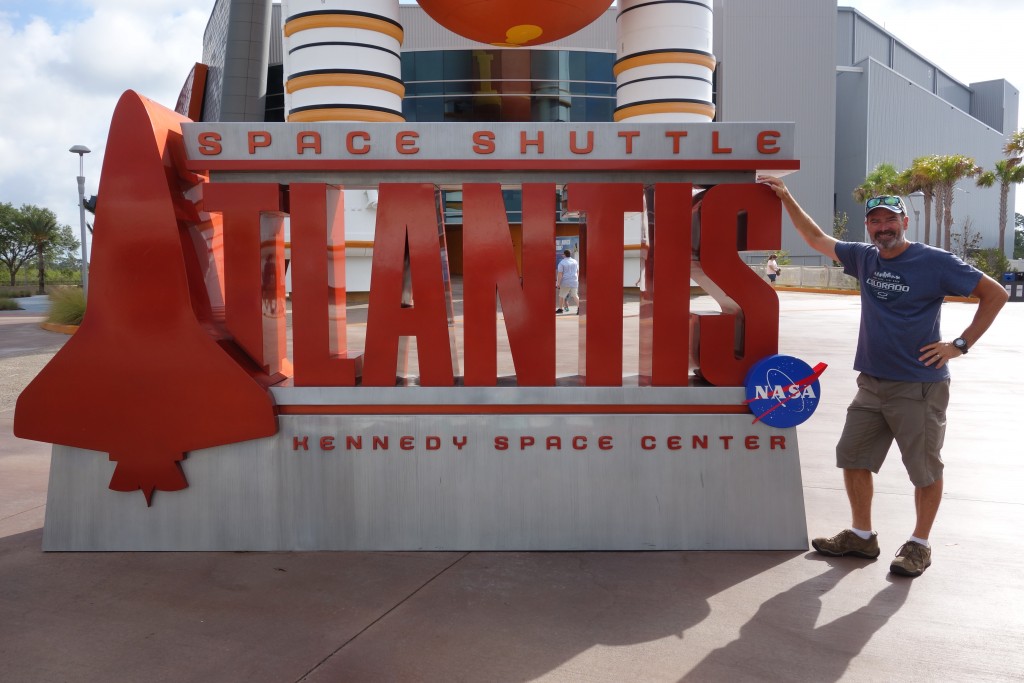
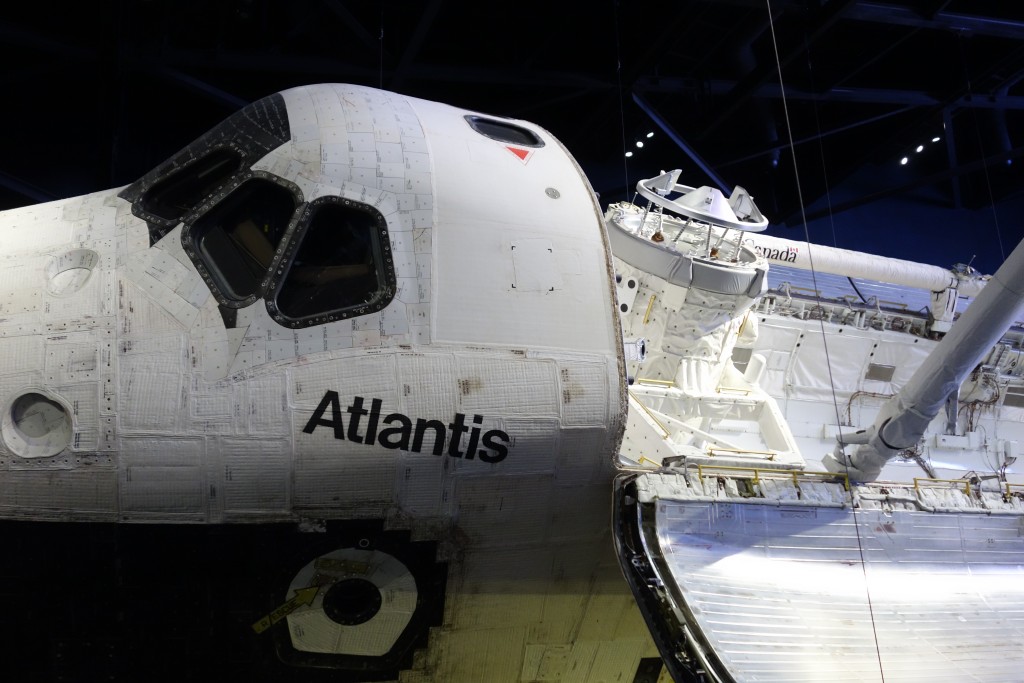
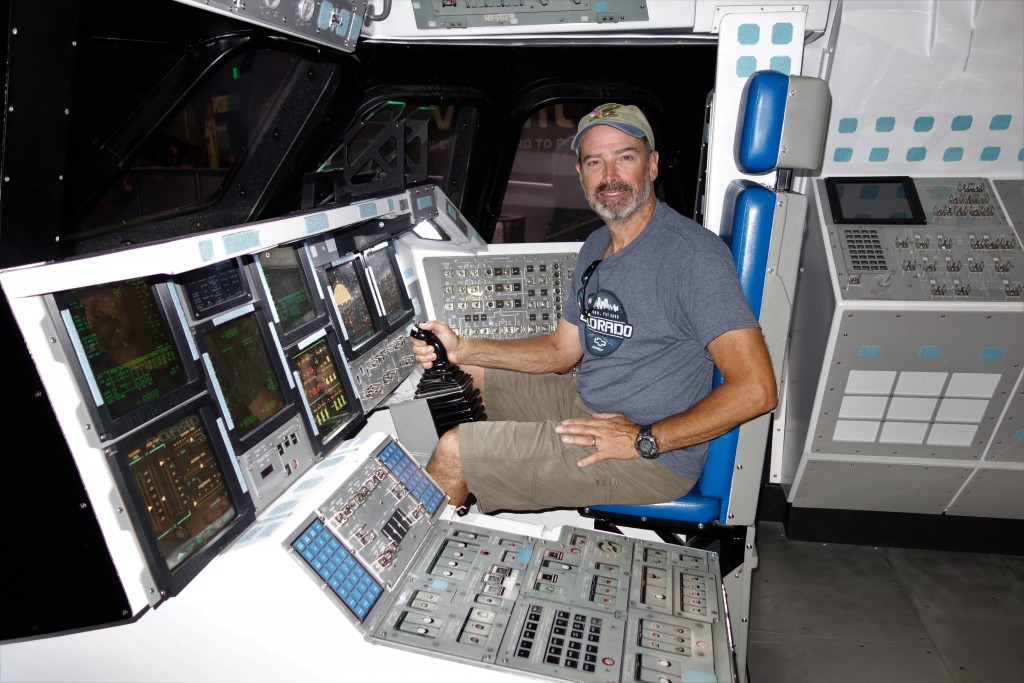
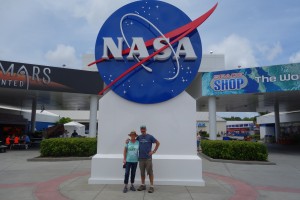
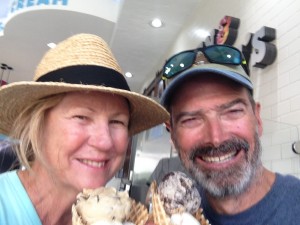
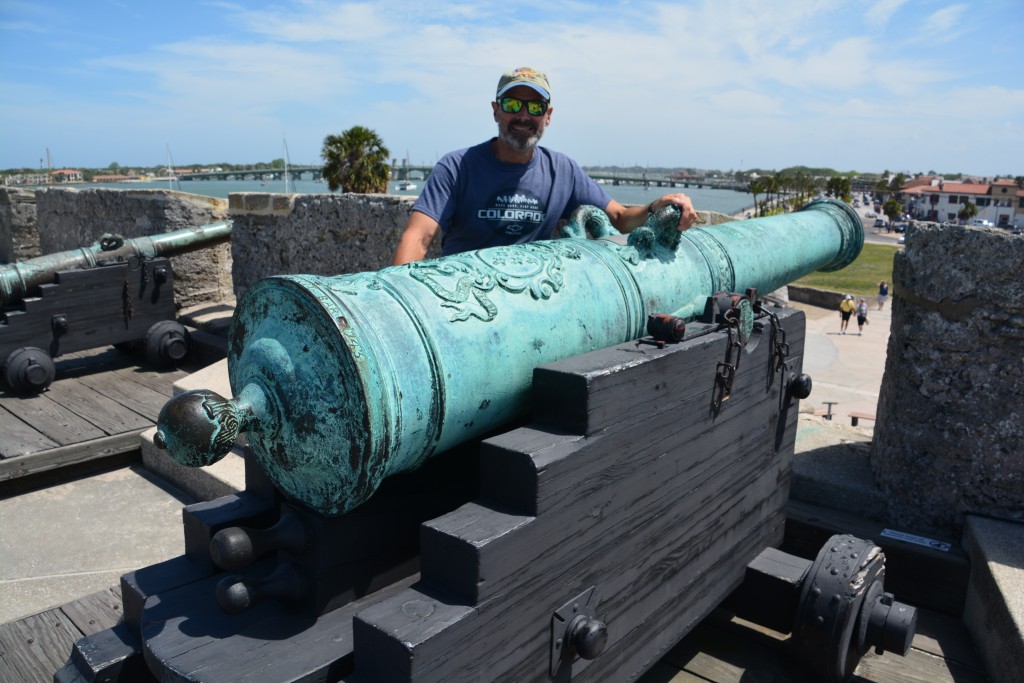
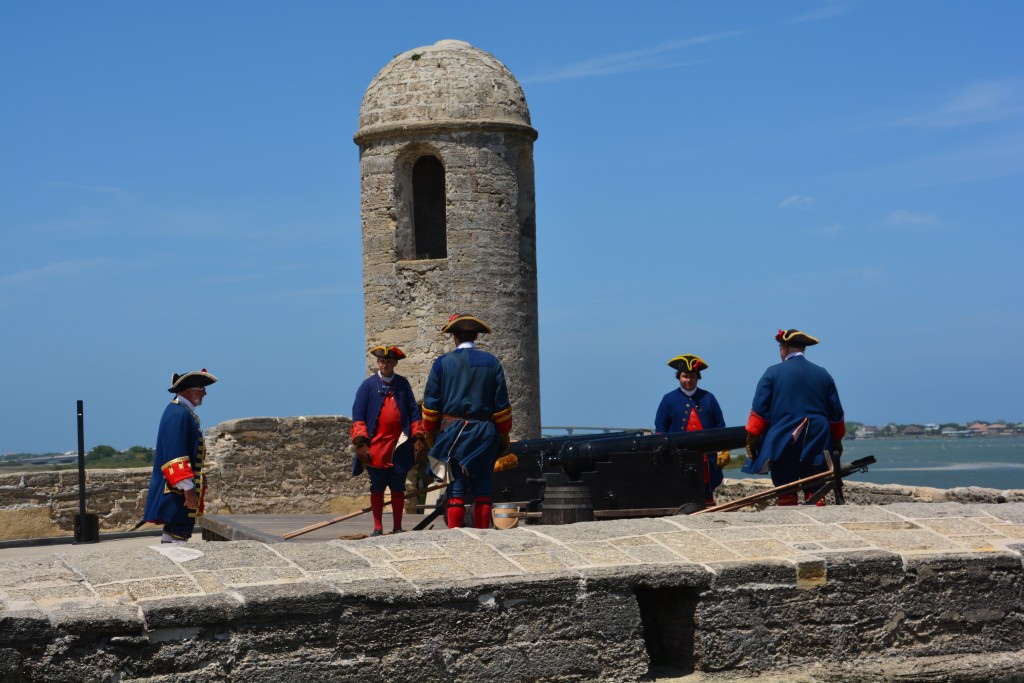
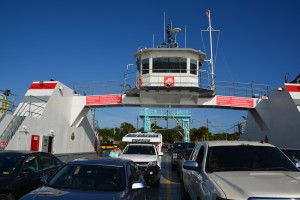
Comments
Florida just keeps giving — No Comments
HTML tags allowed in your comment: <a href="" title=""> <abbr title=""> <acronym title=""> <b> <blockquote cite=""> <cite> <code> <del datetime=""> <em> <i> <q cite=""> <s> <strike> <strong>